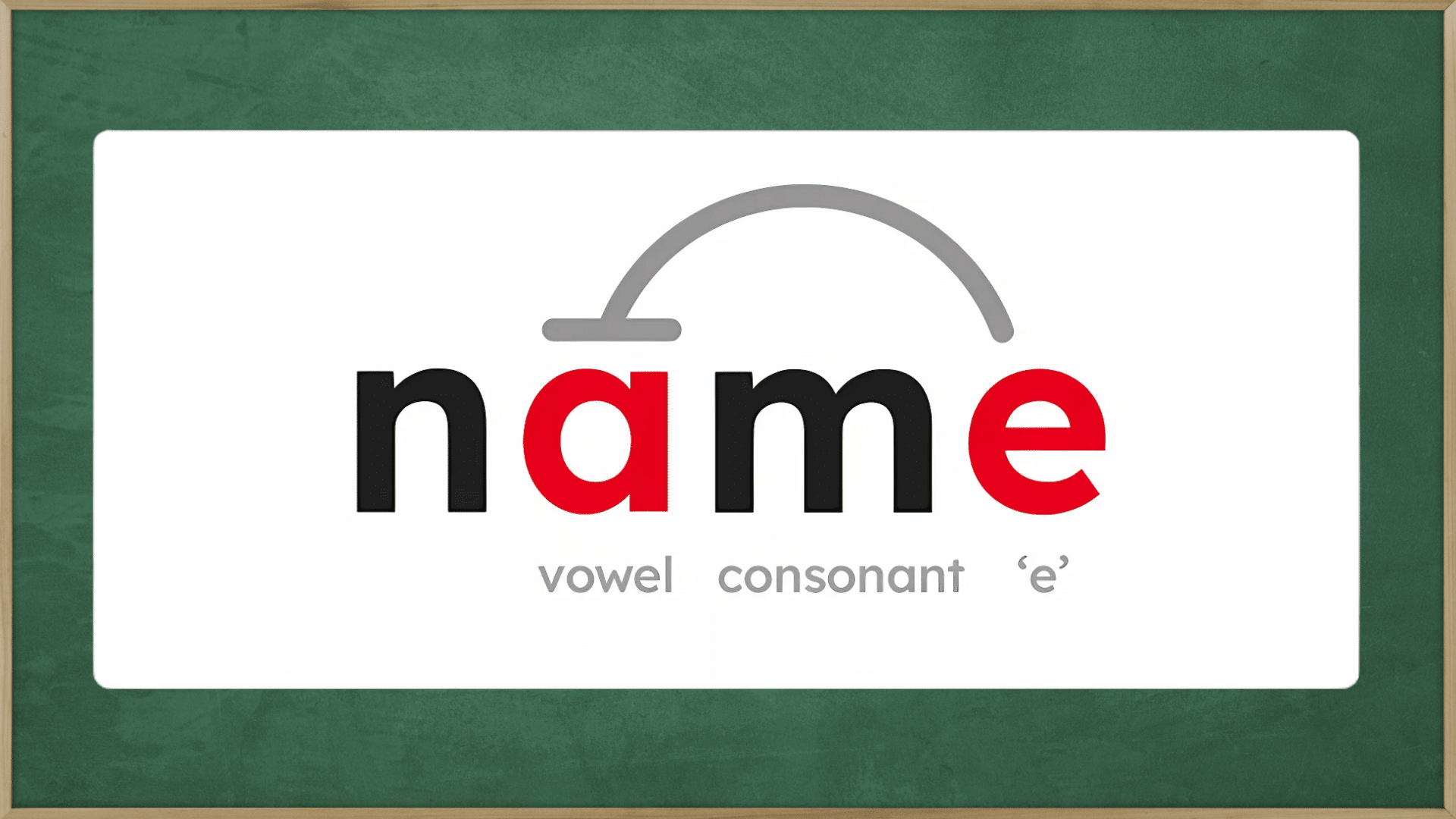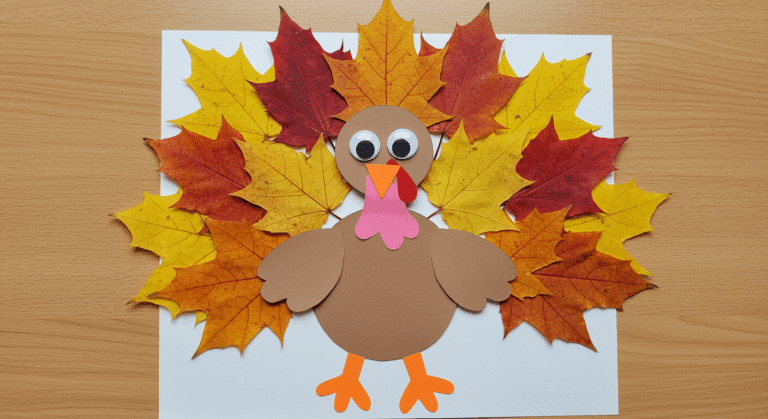Do kids find reading words that end in ‘e’ hard? Many children struggle with simple words like “cake” and “bike.” They know each letter but can’t read the whole word. This makes reading feel tough and slow.
These special words show up in every book kids read. Parents often see their children struggle with them every day. Teachers notice it too.
The good news is that simple keywords help children improve their reading skills. This list shows the most common patterns young readers need to know.
Parents and teachers can use these examples to help children learn more effectively.
Why VCe Words Are Essential for Early Readers?
VCe word lists help children become better readers in many ways. These words teach kids an important spelling rule.
When a word has a vowel, then a consonant, then an ‘e’ at the end, the first vowel says its name.
For example, in the word “cake,” the ‘a’ sounds like the letter A. In “bike,” the ‘i sounds like the letter I. This pattern appears in hundreds of English words.
Children who learn VCe words read faster and with more confidence. They can sound out new words without help. This makes reading books more enjoyable for them.
Teachers use VCe words to build strong reading skills. Parents can help their children practice these words at home. Learning this pattern opens doors to reading longer and harder books.
Common Vowel-Consonant-e Words List for Beginners

Understanding the Vowel-Consonant-e (VCe) pattern is a crucial step in early reading development.
Long A (a_e)
In the a_e pattern, the silent ‘e’ at the end of the word makes the ‘a’ say its name, producing the long ‘a’ sound (/ā/).
This pattern helps distinguish words like “cap” (short ‘a’) from “cape” (long ‘a’).
1. Bake
2. Cake
3. Lake
4. Make
5. Name
6. Same
7. Tape
8. Wave
9. Face
10. Game
11. Gate
12. Late
13. Plate
14. Skate
15. Flame
Long I (i_e)
The i_e pattern involves a silent ‘e’ that causes the ‘i’ to have a long vowel sound (/ī/).This “magic e” rule is a foundational phonics concept for early readers.
16. Hide
17. Kite
18. Like
19. Ride
20. Time
21. Wide
22. Bike
23. Dive
24. Life
25. Mine
26. Side
27. Fine
Long O (o_e)
In the o_e pattern, the silent ‘e’ at the end makes the ‘o’ say its name, resulting in the long ‘o’ sound (/ō/).This pattern is a common way to teach the long ‘o’ sound.
28. Note
29. Hope
30. Rope
31. Cone
32. Home
33. Joke
34. Nose
35. Pole
36. Rose
37. Bone
Long U (u_e)
The u_e pattern features a silent ‘e’ that changes the ‘u’ to a long vowel sound, which can be pronounced as /yoo/ (as in “cube”) or /oo/ (as in “flute”).
This pattern is essential for understanding the different pronunciations of the long ‘u’ sound.
38. Cute
39. Cube
40. Dune
41. Mule
42. Tube
43. Use
Vowel-Consonant-E Words List, Click Here to Download the Free PDF.
Effective Strategies to Teach VCe Words
Teaching VCe words requires smart strategies that work for different types of learners. The best teachers use several methods together to help all children succeed.
Start with the Magic ‘E’ Rule
The most important strategy is explaining the magic ‘e’ rule in simple terms. Tell children that the ‘e’ at the end makes the vowel say its name. Use examples like “cap” becoming “cape” and “kit” becoming “kite” to show how this works.
Tip: Teachers should demonstrate this rule with visual aids and hand movements. Point to each letter while saying the sounds out loud.
Use Word Families for Pattern Recognition
Group similar VCe words together to help children spot patterns quickly. Start with common word families like -ake, -ike, -ope, and -ute. When children see these patterns repeatedly, they learn to read new words more quickly.
Tip: Create word family charts that children can refer to during reading time. Having these visual reminders nearby helps kids apply the patterns they have learned.
Practice with Real Context
Always teach VCe words within sentences and stories rather than as isolated lists. Children need to see how these words work in real reading situations. This helps them understand the meaning along with pronunciation.
Tip: Use simple books that contain many VCe words for guided reading practice. Reading together allows teachers to correct mistakes immediately and praise success.
Build from Simple to Complex
Start with three-letter VCe words before moving to longer ones. Begin with words like “cake,” “bike,” and “hope” that children can easily sound out. Once kids master these basics, introduce four and five-letter VCe words.
Tip: This step-by-step approach prevents children from feeling overwhelmed. Success with easier words builds confidence for tackling harder ones.
Use Multi-Sensory Learning
Combine seeing, hearing, and touching to help different types of learners. Have children trace letters in sand, clap syllables, and write words in the air. These activities engage multiple senses at once.
Tip: Multi-sensory methods are especially effective for children who struggle with traditional teaching approaches. When kids use their whole body to learn, the lessons stick better in their memory.
Provide Immediate Feedback
Correct mistakes right away and explain why the correct answer works. Quick feedback prevents children from practicing wrong patterns repeatedly. Praise correct answers to build confidence and motivation.
Tip: Create a positive learning environment where mistakes are viewed as opportunities for growth. Tell children that making errors is part of learning and help them fix problems gently.
Common Challenges in VCe Words
VCe words follow a simple rule most of the time. But some words break this rule and can confuse young readers.
- Rule Breakers (come, some, done, love) – Vowel stays short despite the ‘e’ – Teach as sight words.
- Sound Confusion (hop/hope, cap/cape, bit/bite) – Mix up short and long vowel sounds – Practice word pairs together.
- Extra Letters (dance, fence, horse, large) – More consonants before the ‘e’ – Focus on the vowel-consonant-e pattern.
- Tricky Spellings (phone, scene, rogue) – Unusual letter combinations – Break into smaller chunks.
- Same Sounds (main/mane, pain/pane) – Different spellings sound alike – Use pictures to show meanings.
- Blending Issues – Reading sounds choppy, unable to connect sounds smoothly. Start slowly, then build speed.
- Long Words (telephone, chocolate) – Too many letters at once – Cover parts while reading.
The Bottom Line
These VCe word list give children the foundation they need for reading success. When kids master this magic ‘e’ pattern, they can read hundreds of new words with confidence.
Parents and teachers who utilize these engaging activities observe faster progress in their students.
Remember that every child learns at their own pace. Some kids will master these words in weeks, while others need months of practice. The key is to stay patient and make learning enjoyable.
Ready to help your child become a stronger reader? Download our free VCe word list and start practicing today.















